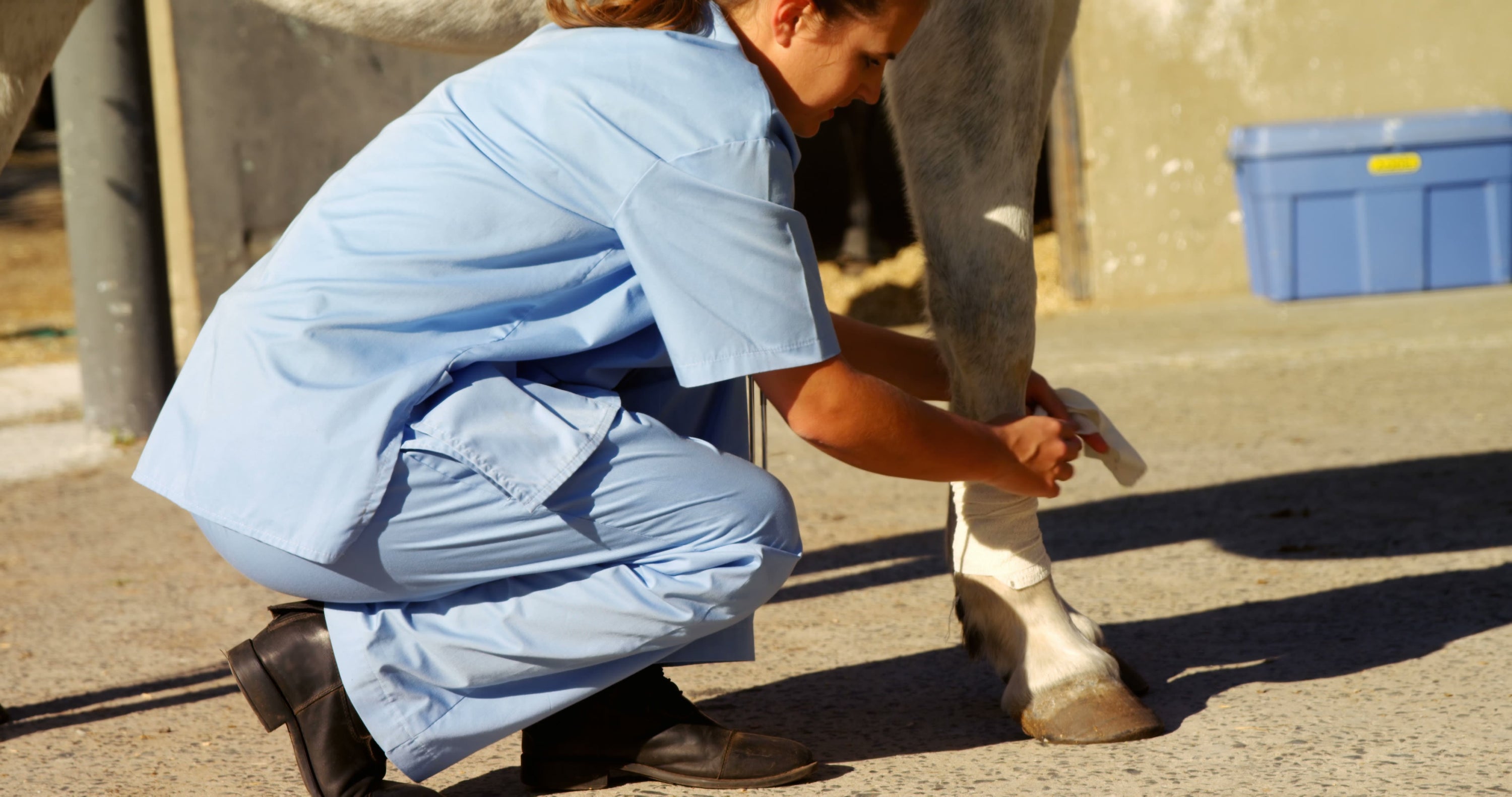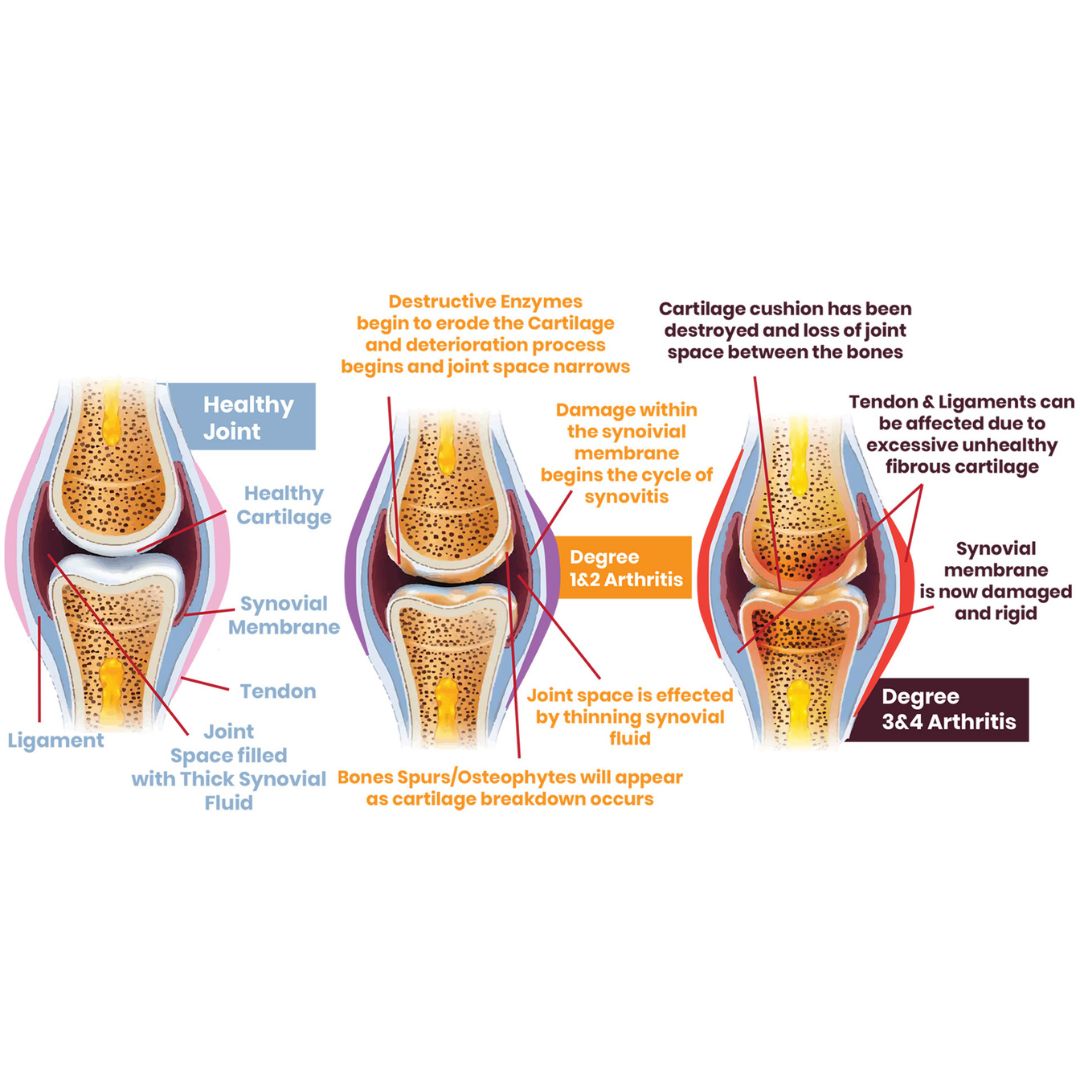Suspensory injuries are one of the most common and debilitating injuries in horses, affecting their ability to perform at their peak. As an essential part of a horse’s locomotion system, the suspensory ligament horse plays a vital role in supporting the joint, absorbing shock, and helping to stabilize the limb during movement. In this comprehensive guide, we will explore the causes, symptoms, diagnosis, treatment, and prevention of suspensory injuries in horses, with detailed insights to help you manage and prevent this type of injury from impairing your horse's performance.
What is a Suspensory Ligament Injury in Horses?
The suspensory ligament in horses is a critical connective tissue that runs from the back of the cannon bone to the sesamoid bones in the horse's lower leg. It works by preventing hyperextension of the fetlock joint during movement, thus providing stability. However, excessive stress, trauma, or overuse can lead to injuries in this ligament, ranging from mild strains to complete tears. Suspensory ligament injuries in horses are often classified into two categories: suspensory ligament desmitis (SLD) and suspensory ligament tears. Both conditions can cause varying degrees of lameness and are commonly seen in performance horses, particularly those that undergo intense physical exertion.
Types of Suspensory Injuries in Horses
Suspensory Ligament Desmitis (SLD): This is a condition involving inflammation or strain of the suspensory ligament. It can affect either the proximal (upper) or distal (lower) portion of the ligament. SLD is most common in racehorses, show jumpers, and eventing horses due to the high-impact forces involved in these activities.
- Suspensory Ligament Tears: Tears can range from partial to complete, with more severe cases leading to permanent lameness if not treated promptly. The severity of the tear depends on the extent of the damage to the fibers of the ligament.
- Proximal Suspensory Desmitis (PSD): This refers to the injury of the suspensory ligament at its origin near the cannon bone, often resulting in significant lameness, particularly in the front limbs. It is commonly seen in horses engaged in racing and jumping disciplines.
- Distal Suspensory Desmitis (DSD): This injury occurs lower in the leg, where the ligament attaches to the sesamoid bones. It is frequently observed in horses that perform repetitive, high-impact movements.
Common Causes of Suspensory Injuries
Suspensory ligament injuries can be caused by a variety of factors. The most common include:
- Excessive or Repetitive Strain
Horses that perform high-intensity activities, such as racing, show jumping, or eventing, are at an increased risk of suspensory injury in horses. The repetitive strain placed on the ligament during these activities can cause wear and tear, leading to inflammation and injury.
- Poor Conformation
Certain conformation abnormalities, such as straight hind legs or an upright shoulder, can place undue stress on the suspensory ligament in horses, increasing the likelihood of injury. Horses with poor conformation may struggle to properly distribute weight, putting additional strain on their limbs.
- Overuse and Lack of Rest
Horses that are worked too frequently without adequate rest periods are more susceptible to suspensory ligament injuries. Overuse can lead to fatigue in the ligament, increasing the risk of suspensory ligament injury in horses.
- Sudden Trauma or Impact
Direct trauma or accidents, such as a fall, a misstep, or a sudden change in direction, can cause immediate damage to the suspensory ligament. Horses that jump or sprint at high speeds are particularly prone to soft tissue injury in horses due to the forces involved in these activities.
- Improper Footwear or Ground Conditions
Horses that work on hard or uneven surfaces, or those with improperly fitted shoes, can experience additional stress on their legs, leading to suspensory ligament injury in horses. The impact forces on hard ground can be significant and may contribute to inflammation and injury over time.

Identifying the Symptoms of Suspensory Injuries
Recognizing the signs of a suspensory ligament injury in horses early on is crucial for effective treatment. Some of the most common symptoms include:
- Lameness: This is the most obvious sign of a suspensory ligament injury in horses. The horse may appear lame, especially when the affected limb is bearing weight. The lameness can range from mild to severe depending on the injury's extent.
- Swelling: Swelling is typically observed around the area of the ligament, particularly if the injury is recent. It may be localized to the upper or lower leg.
- Heat: Increased heat in the area of the injury is often a sign of inflammation or infection, which can accompany suspensory ligament injuries.
- Pain on Palpation: Applying gentle pressure to the injured area may cause the horse to flinch or react, indicating pain.
- Stiffness: Horses with suspensory injuries may exhibit stiffness in the affected limb, making it difficult for them to move freely.
Diagnosing Suspensory Ligament Injury in Horses
To accurately diagnose a suspensory ligament injury in horse, a veterinarian will typically perform a thorough examination, including:
- Physical Examination: Lameness in the hind limb is one of the most obvious signs of a stifle injury. It may be intermittent or consistent, and it often worsens with activity.
- Ultrasound: An ultrasound is the most common imaging technique used to evaluate the integrity of the suspensory ligament. It helps to identify any tears, inflammation, or structural damage.
- X-rays: In some cases, X-rays may be used to rule out any associated bone injuries or to assess for possible joint involvement.
- MRI: For more complex cases, an MRI may be used to provide a detailed image of the soft tissues, including the suspensory ligament, to determine the exact extent of the injury.
Treatment Options for Suspensory Ligament Injuries
Once diagnosed, the treatment created by your vet for suspensory injuries depends on the severity of the injury. Treatment may include:
1. Rest and Rehabilitation
The first line of treatment for suspensory ligament injury in horses is typically rest. The horse should be given time to heal without further stress on the ligament. The veterinarian may recommend a controlled rehabilitation program that involves walking or light exercise to gradually increase strength and flexibility.
2. Proper Supplementation
OptiWize can play a crucial role in supporting horses recovering from suspensory ligament injuries. The 10- all natural ingredients are designed to promote connective tissue health, reduce inflammation, and accelerate tissue repair, which is vital for horses suffering from ligament strains or tears. By incorporating high-quality ingredients like collagen, glucosamine, chondroitin, and MSM.
Collagen plays a significant role in the healing and recovery of suspensory injuries in horses due to its essential function in the structure and strength of connective tissues. The suspensory ligament in horse is made up of collagen fibers, and when it is injured, collagen supplementation can help support the repair and regeneration of these fibers. Collagen provides the building blocks necessary for the production of new tissue, promoting faster healing and improving the overall strength and elasticity of the ligament. It also helps reduce inflammation, which can be crucial in managing the pain and swelling that often accompany ligament injuries. By increasing collagen levels in the body, you can improve the structural integrity of the suspensory ligament in horse, reduce the risk of re-injury, and support the horse’s return to full function.
OptiWize can help enhance the strength and flexibility of the connective tissues, including the suspensory ligament in horses. OptiWize can help reduce and heal scar tissue from soft tissue injuries. This supplement can also support overall mobility and comfort, reducing pain and swelling, allowing horses to return to training and competition more effectively. Regular use of ligament supplement for horses can help speed up recovery, maintain healthy joints, and prevent further SL injury in horses in the future.
3. Cold Therapy and Anti-Inflammatory Medications
Cold therapy, such as ice packs or cold water hosing, can help reduce swelling and pain. Anti-inflammatory medications, such as NSAIDs, are often prescribed to control inflammation and alleviate discomfort.
4. Shockwave Therapy
In certain cases, shockwave therapy may be used to stimulate healing and reduce pain. This treatment involves the application of high-energy sound waves to the injured area, which can enhance circulation and promote tissue repair.
5. Stem Cell Therapy
In recent years, stem cell therapy has emerged as a promising option for treating suspensory ligament injuries. Stem cells can help regenerate damaged tissues and encourage faster healing of the ligament.
Preventing Suspensory Injuries in Horses
Prevention is always better than treatment when it comes to suspensory injuries. Here are some effective strategies to minimize the risk:
- Proper Conditioning: Regular, gradual conditioning programs that improve the horse’s strength and flexibility can help prevent overuse injuries.
- Good Supplementation: OptiWize can be an excellent preventative measure for horses, particularly those involved in high-impact activities or those prone to suspensory injuries.
Collagen plays a vital role in maintaining the strength and elasticity of connective tissues, including ligaments and tendons, which are crucial for proper joint function. By regularly supplementing with OptiWize, horses can support the health of their suspensory ligaments, helping to prevent overuse injuries or strain. Collagen supplementation improves the resilience of tissues, reducing the risk of tears and inflammation before they occur. Additionally, it promotes overall joint health and mobility, ensuring the horse stays in optimal condition for performance. With consistent use, OptiWize can act as a proactive strategy to safeguard against injuries and maintain long-term musculoskeletal health.
- Rest and Recovery: Adequate rest between training sessions allows the suspensory ligament in horses to recover and rebuild strength.
- Foot Care: Proper hoof care and shoeing are essential for reducing strain on the legs and preventing suspensory injury in horses.
- Surface Considerations: Avoiding hard or uneven ground during training and competition can help minimize impact stress on the legs.
- Conformation Assessment: Regular assessments of the horse’s conformation can help identify any structural issues that could increase the risk of SL injury in horses. Corrective measures, such as appropriate shoeing or limb supports, may be necessary.
Conclusion
Suspensory injury in horses is a serious concern for equestrians, particularly for those involved in high-intensity sports like racing, jumping, and eventing. By understanding the causes, symptoms, and treatment options available, you can effectively manage and prevent suspensory ligament injury in horses. Regular veterinary care, proper conditioning, and appropriate rest are all crucial for maintaining the health and performance of your horse.



